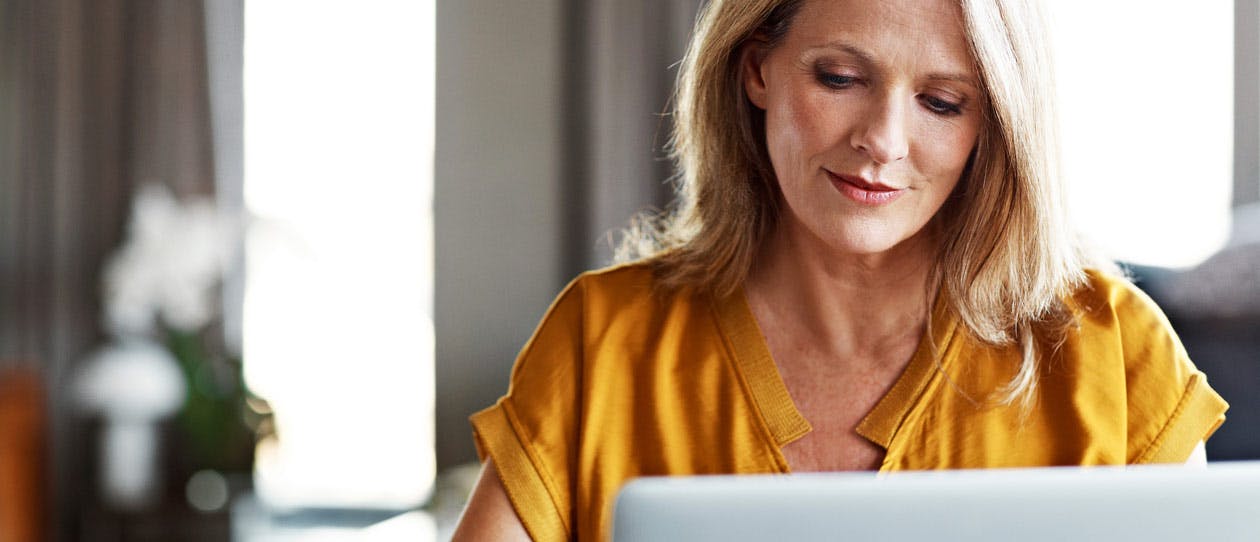
- Health hub/
- Tips & Advice on Improving your Everyday Health/
- Survive The Long Term Effects of Sitting


Today, many of us do jobs involving long periods sitting. What’s more, when the working day is done many of our leisure activities – like watching telly, using mobile devices, and dining out – involve even more time perched on our posteriors.
In fact, an average adult spends 50 to 70 per cent of his/her time sitting – yet our ancestors moved almost constantly in the search for food, water and shelter from danger and the elements.
Body mechanics of sitting
There is more to sitting than meets the eye. When seated our weight is supported by the ischial tuberosity (sitting bones) of the pelvis and surrounding soft tissues. It also increases pressure inside our spinal discs.
Sitting also stresses the support muscles near the stomach and the pelvic floor. After a short time (as little as ten minutes) we find it more comfortable to adopt postures (slouching is common) that place abnormal pressure on the neck, spine, muscles and organs.
In time the body can begin to assume these poor postures out of habit so that it feels natural and comfortable to slouch and slump.
Risks of poor sitting posture
Poor posture may lead to a range of problems, including rounded shoulders, backache and headache.
Sitting for long periods at a computer is linked to neck and shoulder pain due to poor posture and body positioning.
Wearing attire such as high-heeled shoes, boots, tight clothing and wide belts, which can shift the body out of its normal alignment, compounds these hazards.
Sitting too long is risky
Further, there’s strong evidence that prolonged sitting, regardless of posture and a range of other factors, increase the risk of premature death.
For example, a recent study published in Archives of Internal Medicine revealed that people aged 45 years or older who sit for 11 or more hours per day have a 40 per cent higher risk of death in the next three years compared to those who sit for fewer than four hours a day.
This finding was independent of factors such as age, gender, education level, physical activity levels, weight, and health status.
Tips for better posture and sitting at your computer desk
- Slouching shoulders, lowered head and locked knees are signs of poor posture. Proper posture evenly distributes the body's weight. Keep your feet slightly apart, knees straight, shoulders back and chin slightly tucked in.
- Avoid soft, squashy chairs – use an ergonomic chair that supports the natural curve of the back for work involving prolonged sitting. See Ergonomics at Work and Microsoft's Healthy Computer Guide.
- The lower spine should be in a neutral position when seated – not slumping or sitting too straight – with most of the weight on the seat. Sit with your back against the support of your chair. If the chair doesn’t have built in lumbar support, use a support such as a small cushion or lumbar roll.
- The chair should be at the right height to allow your thighs to be at right angles to your body. There should be a small gap between the front of the seat and the back of your knees as this helps maintain the natural curve in your lower back.
- Adjust your chair so that your feet rest flat on the floor – or use a footrest.
- The top of your computer screen should be at eye level, directly in front of you, an arm's length away. This helps you to avoid hunching forward.
- Keep the mouse as close to your body as possible and use a wrist support for your wrist to prevent awkward bending.
- Use an ergonomic keyboard and place it directly in front of you. Leave a gap of about 10-15 cm at the front of your desk to allow your wrists to rest between bouts of typing. Keep your wrists straight when typing and keep your elbows right under your shoulders by your side.
- Take regular breaks to stretch and relax any tight muscles and strengthen your weak muscles. These simple stretches may help.
References available on request




